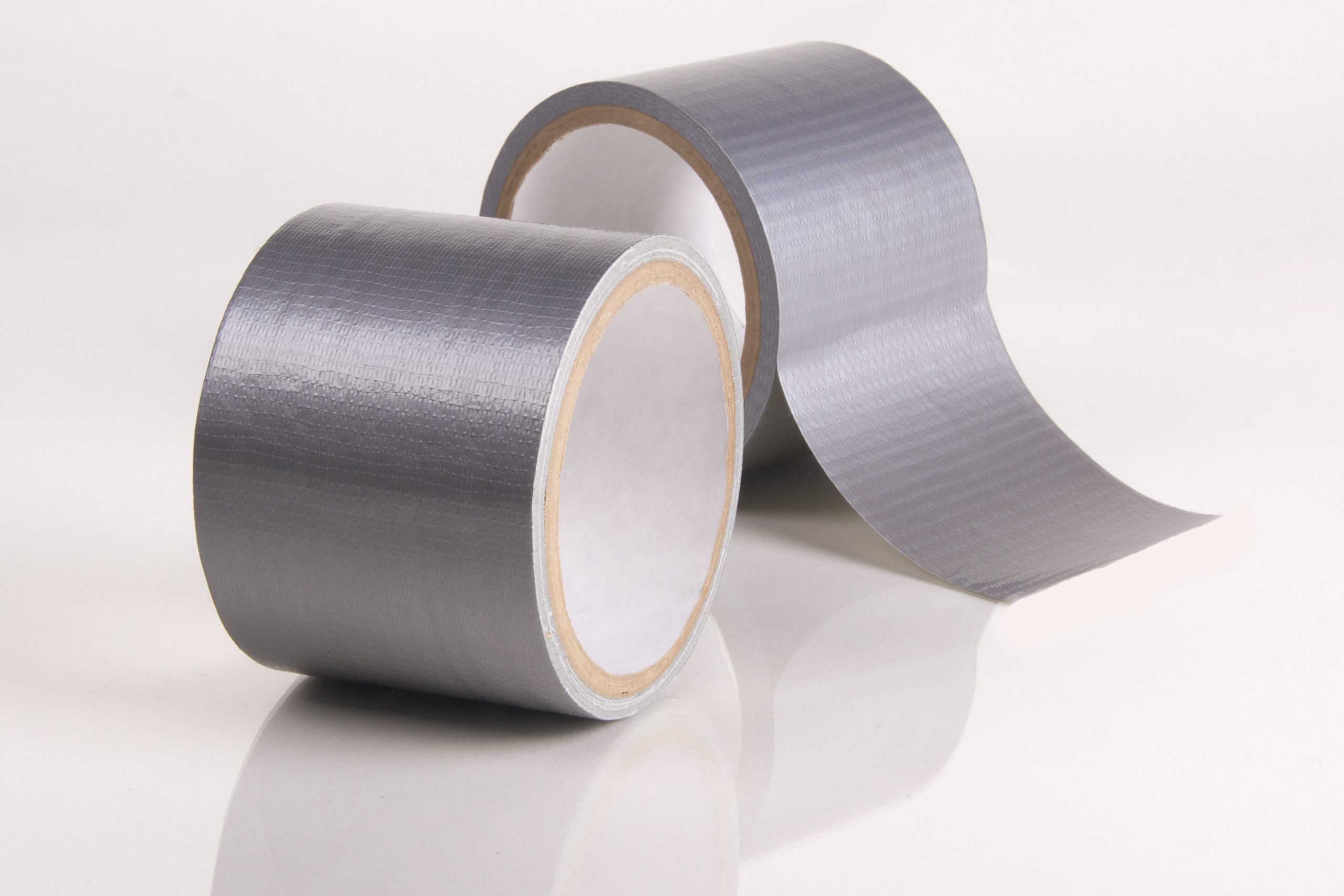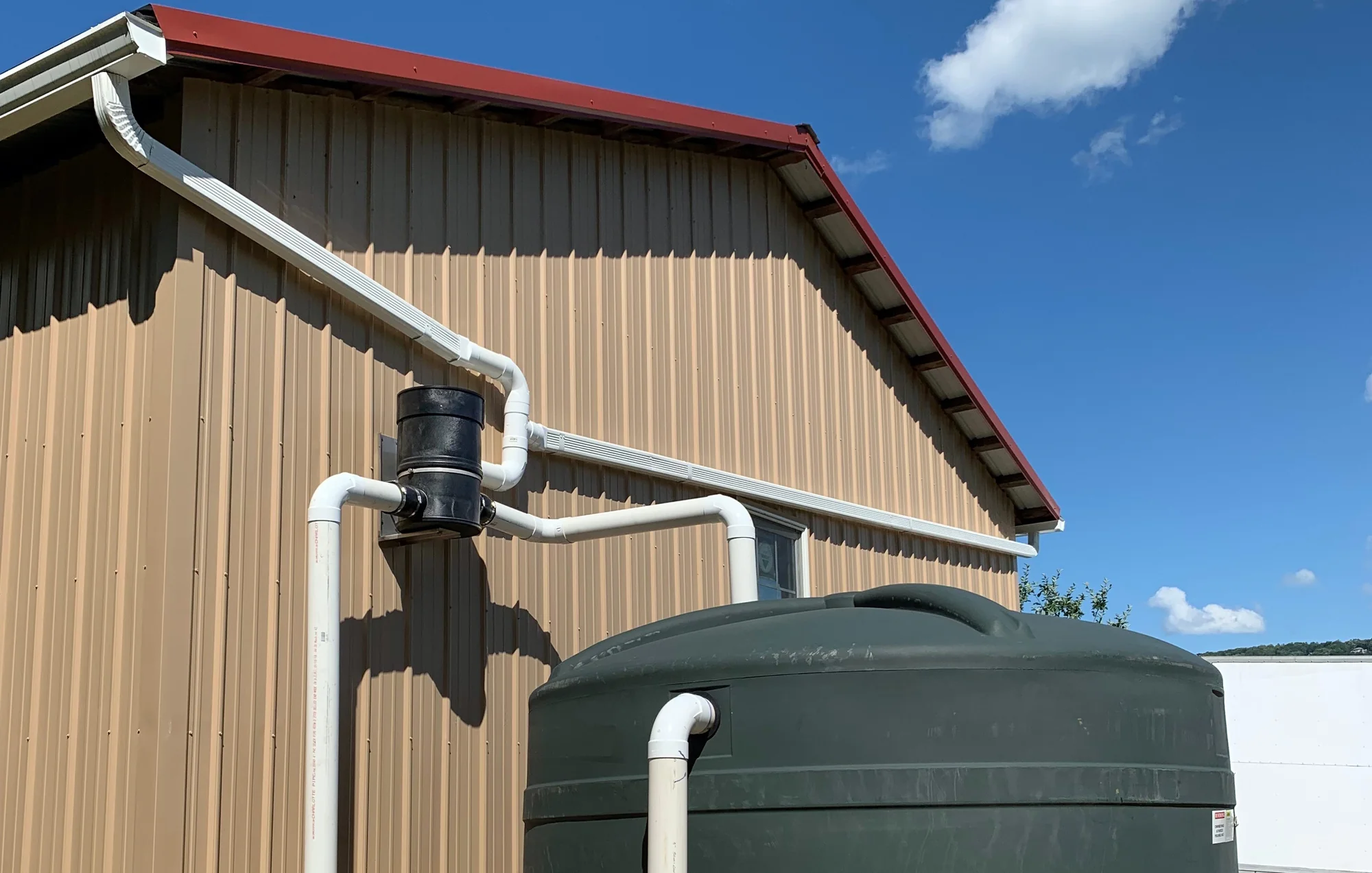Termites, often called ‘silent destroyers’, pose a significant threat to homes and structures, causing billions in property damage annually. These tiny pests, masters of stealth, can quietly devour wooden structures for years unnoticed, leading to costly and extensive repairs. Understanding the early signs of termite infestation, effective detection methods, and appropriate control measures are crucial in safeguarding one’s home against these destructive insects. This article delves into termites, providing comprehensive insights into their nature, early detection signs, preventative strategies, and control measures. With this knowledge, homeowners can act swiftly and effectively to tackle termite issues before they escalate into a full-blown infestation.
Contents
- 1 Understanding Termites and Their Impact
- 2 Early Signs of Termite Infestation
- 3 Professional Inspection vs. DIY: What You Need to Know
- 4 Preventative Measures to Deter Termites
- 5 Treatment Options for Active Infestations
- 6 Long-Term Termite Management
- 7 The Cost of Ignoring Termites
- 8 Environmental Considerations in Termite Control
- 9 The Bottom Line
Understanding Termites and Their Impact
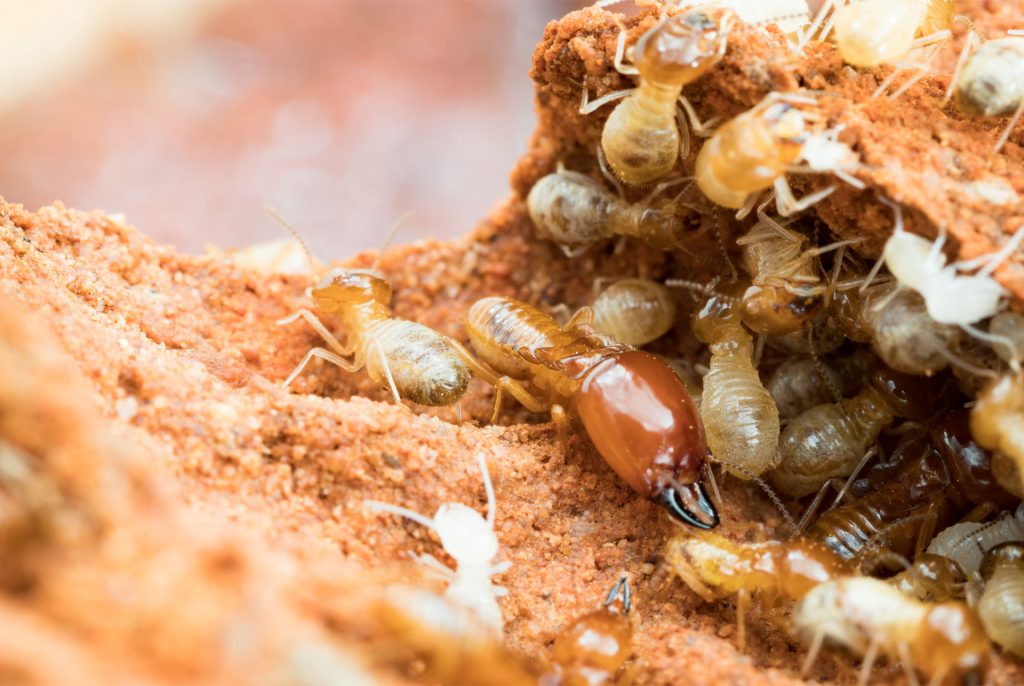
Termites, known for their wood-consuming habits, play a vital role in nature by decomposing dead trees and plant material. However, when they invade human dwellings, they become a serious pest. There are several types of termites, the most common being subterranean, dry wood, and damp wood termites, each differing in habitat and behavior. Subterranean termites, for instance, live in soil and are the most destructive, often causing extensive damage to homes. Their ability to remain concealed often delays their detection until significant damage has been done.
The impact of termites on residential properties can be devastating. They can compromise the structural integrity of a building, leading to costly repairs. Sometimes, termite damage can render a structure unsafe, necessitating complete renovations or rebuilding. Understanding the behavior, types, and potential risks associated with termites is crucial for homeowners. Early detection and preventive measures can save thousands of dollars in repair costs and protect the value and safety of the property.
Early Signs of Termite Infestation
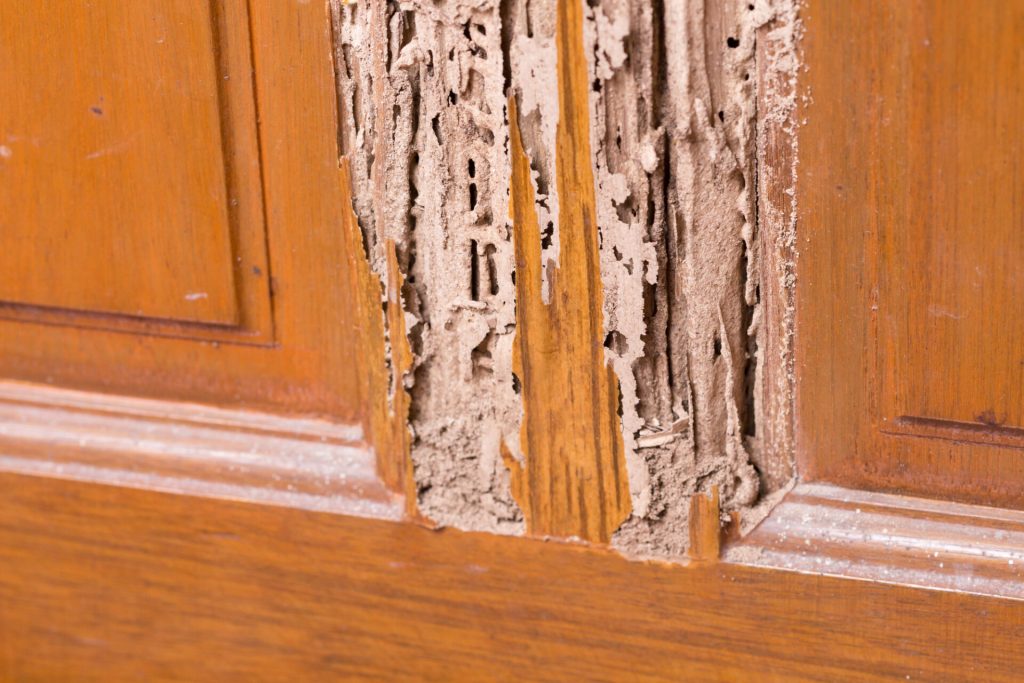
Identifying early signs of termite infestation is key to preventing significant damage. One of the most obvious signs is the presence of mud tubes, which termites build to travel between their nest and food source. These pencil-sized tubes can often be found on exterior walls or crawl spaces. Another sign to watch for is wood that sounds hollow when tapped. This indicates that the wood has been eaten away from the inside. Additionally, discarded wings near doors or windowsills can signal a recent termite swarm, where termites leave their nest to start new colonies.
Other signs include cracked or bubbling paint, indicating moisture issues that attract termites, and frass, the termite equivalent of sawdust, a sign of drywood termite infestation. Regular inspections are crucial, especially in areas prone to moisture, such as basements and near leaky pipes. Catching these early signs can prevent termites from causing irreversible damage and save homeowners from the steep repair and restoration costs.
Professional Inspection vs. DIY: What You Need to Know
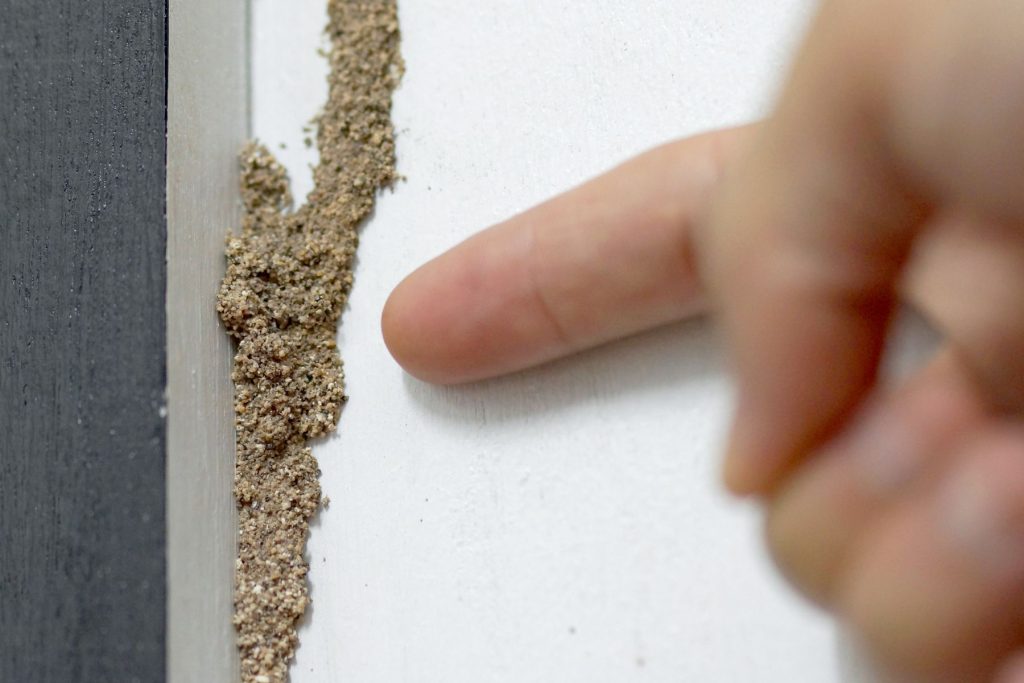
Regarding termite inspection, homeowners often face the dilemma of choosing between professional services and DIY methods. Professional inspections conducted by licensed pest control experts offer a thorough examination of the property using specialized tools and extensive knowledge of termite behavior. They can identify potential risks and current infestations and suggest the most effective treatment plans. This expertise and thoroughness are particularly crucial in areas with high termite activity.
DIY inspections, while cost-effective, may not provide the same level of thoroughness. Homeowners can look for visible signs of termites, such as mud tubes and hollow wood, but might miss hidden infestations. Moreover, without professional knowledge, interpreting signs accurately can be challenging. While DIY methods are suitable for regular monitoring, professional inspections are recommended at least once a year, especially in termite-prone areas, to ensure a comprehensive assessment.
Preventative Measures to Deter Termites
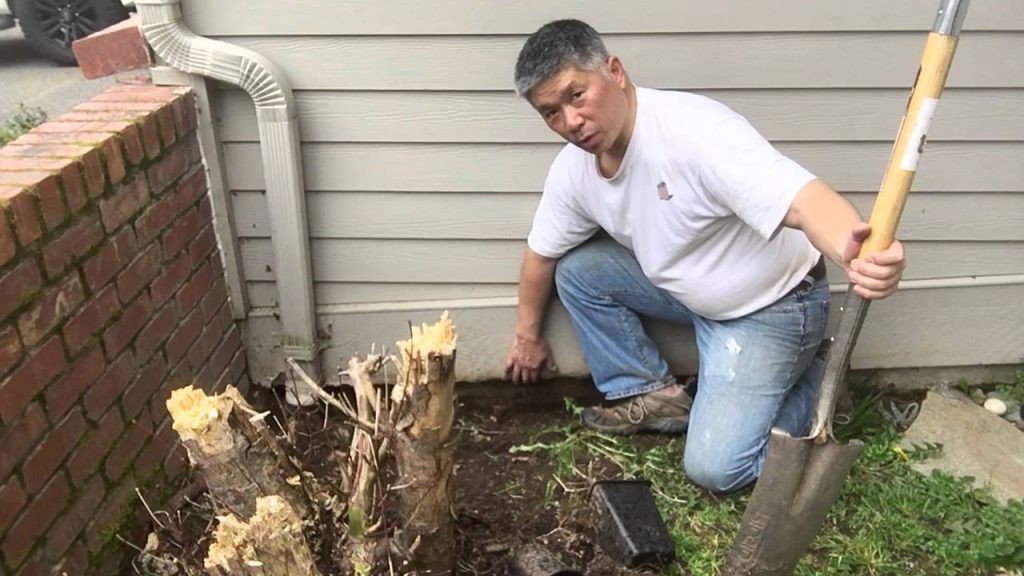
Preventative measures are crucial in termite management. One effective strategy is to reduce soil-to-wood contact around the property, as this can provide termites with easy access to the structure. Using concrete bases for wooden structures and maintaining a gap between the soil and wood portions of the building can significantly reduce the risk. Additionally, addressing moisture problems, such as leaky pipes and poor drainage, is essential, as moisture attracts termites. Regular maintenance to fix these issues can go a long way in deterring termite infestations.
Landscaping practices also play a role in termite prevention. Keeping mulch, woodpiles, and debris away from the house’s foundation eliminates potential termite habitats. Moreover, using termite-resistant wood for construction and ensuring that wooden structures are properly treated and sealed can provide additional protection. Homeowners who implement these preventative measures proactively can significantly reduce the likelihood of a termite invasion, safeguarding their homes against these destructive pests.
Treatment Options for Active Infestations
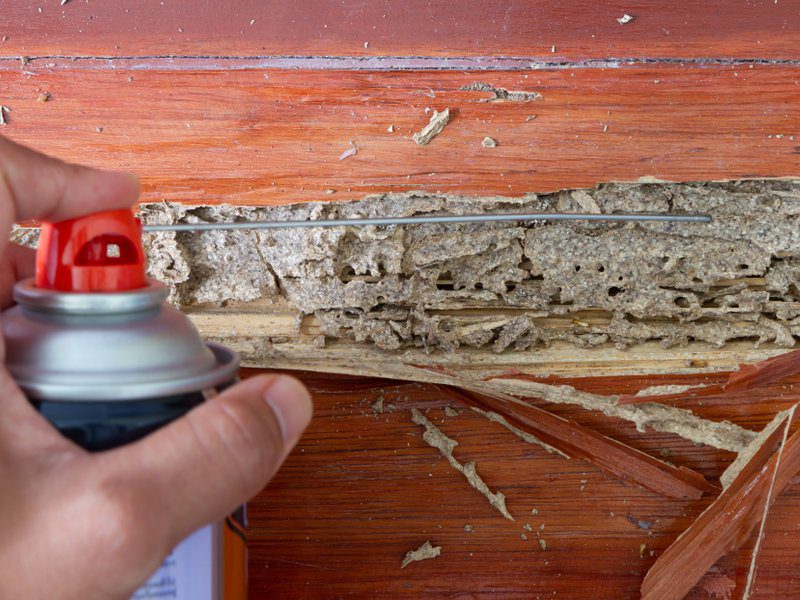
Once a termite infestation is detected, it’s essential to act swiftly. Chemical treatments are a common approach involving termiticides to create a barrier in the ground that kills or repels termites. These treatments, especially against subterranean termites, can be very effective but require professional application. Safety is a concern with chemical treatments, as they involve substances that can be harmful to humans and pets if not handled correctly.
Non-chemical treatments include bait systems, which lure termites to feed on poisoned bait. This method is less invasive and safer for the environment and inhabitants. However, it usually takes longer to eliminate a colony than chemical treatments. Physical barriers, such as sand or steel mesh, can also be installed during construction to prevent termite entry. The choice of treatment should be based on the type of termite, the extent of the infestation, and the homeowner’s preference for eco-friendly options.
Long-Term Termite Management
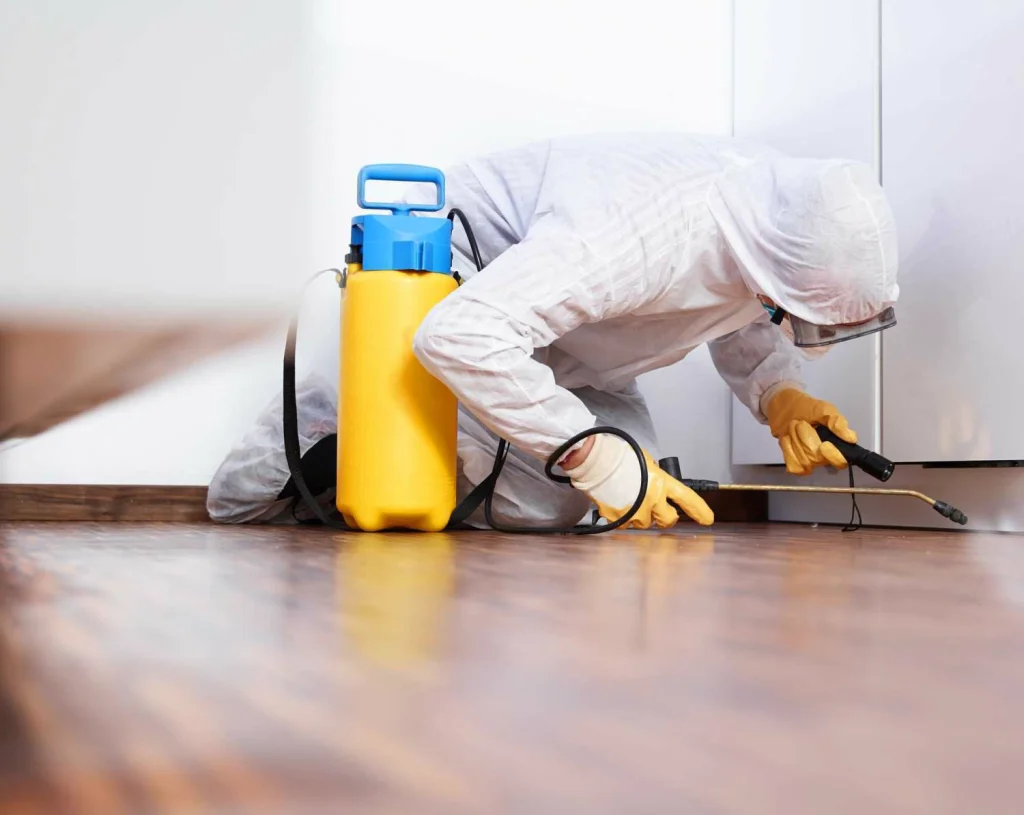
After addressing an active infestation, long-term management is crucial to prevent re-infestation. This involves regular monitoring and maintenance, which can be done through annual professional inspections or regular DIY checks. Establishing a maintenance plan with a pest control professional can ensure that any new signs of termites are detected and treated promptly.
Homeowners should also continue implementing preventive measures, such as maintaining a dry and well-ventilated home, repairing leaks promptly, and keeping woodpiles and debris away from the house. By staying vigilant and proactive, homeowners can significantly reduce the risk of future termite problems, ensuring their homes remain safe and termite-free.
The Cost of Ignoring Termites
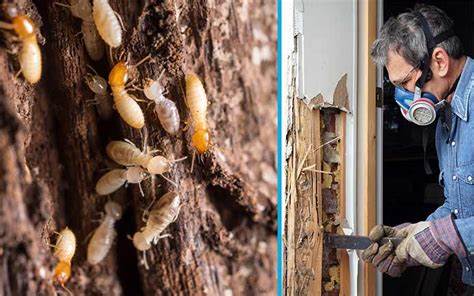
Ignoring termite infestations can lead to severe financial repercussions. Homeowners’ insurance typically does not cover termite damage, meaning the repair cost falls entirely on the homeowner. The extent of damage can vary, but in severe cases, it can compromise the house’s structural integrity, leading to thousands of dollars in repairs.
Moreover, the presence of termites can negatively affect the property’s value. For those looking to sell, a history of termite infestation or current signs of termites can deter potential buyers or significantly lower the market value. Therefore, investing in termite prevention and treatment saves money in the long run and helps maintain the property’s value.
Environmental Considerations in Termite Control

While controlling termites is essential, it’s important to consider the environmental impact of various treatment methods. Chemical treatments, while effective, can pose risks to the environment and non-target organisms. Therefore, choosing eco-friendly options, like bait systems or natural barriers, can be beneficial.
In addition to choosing environmentally friendly treatments, homeowners can adopt sustainable practices in their termite control strategies. This includes using recycled or sustainably sourced materials for repairs and construction, ensuring proper disposal of termite-infested materials, and working with pest control companies that prioritize eco-friendly approaches.
The Bottom Line
Termites, though small, can cause immense damage if left unchecked. From understanding their behavior and early detection signs to implementing effective treatment and prevention strategies, homeowners have a crucial role in protecting their properties. The importance of regular inspections, both professional and DIY, cannot be overstated. Furthermore, considering environmental impacts and staying educated about termite control are vital components of responsible homeownership. By being proactive and working with professionals, homeowners can effectively manage termite threats, ensuring the longevity and safety of their homes. Remember, prevention and early action costs are always less than the repair price after termite damage.

